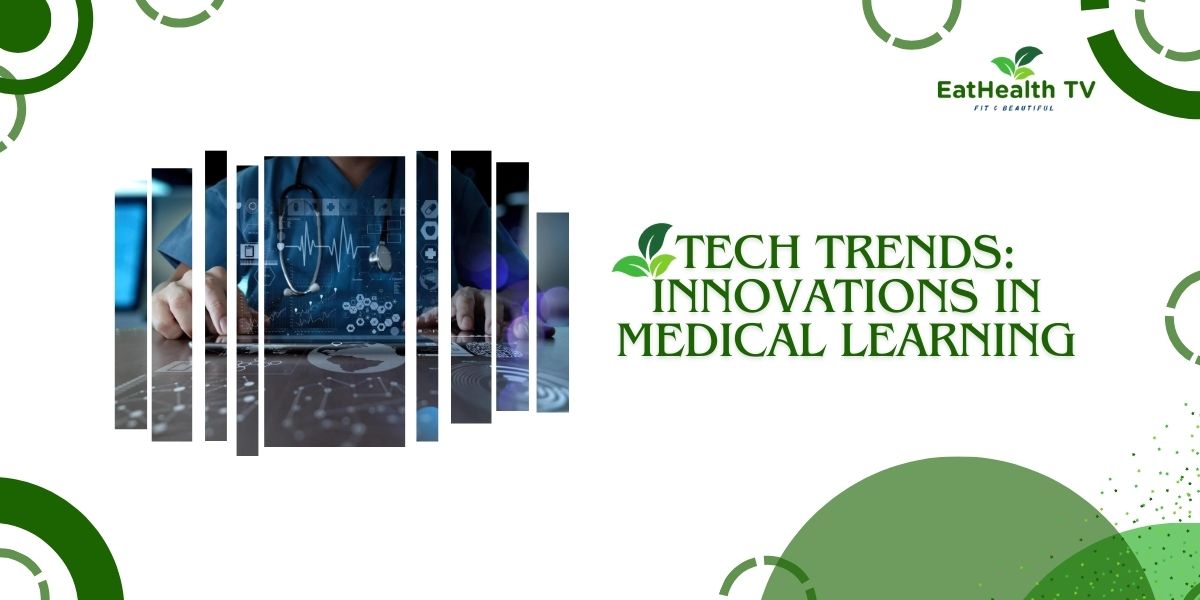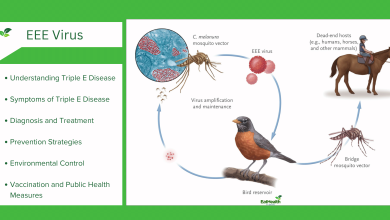Tech Trends: Innovations in Medical Learning
Unlocking the Future: How Technology is Revolutionizing Medical Education

Tech Trends in Medical Education: Revolutionizing Learning
In recent years, the field of medical education has been revolutionized by advancements in technology. From virtual reality simulations to online learning platforms, technology has opened up new possibilities for medical students and professionals to enhance their learning experience. In this comprehensive guide, we will explore the latest tech trends in medical education, examining how they are reshaping the way students learn and practitioners stay up-to-date in their field.
The Rise of Digital Learning Platforms
- Online Courses and Webinars: Online learning platforms such as Coursera, edX, and Khan Academy have become increasingly popular among medical students and professionals. These platforms offer a wide range of courses covering various medical specialties, allowing learners to study at their own pace and access high-quality educational content from anywhere with an internet connection.
- Mobile Apps for Medical Education: Mobile apps have become invaluable tools for medical students and professionals, providing access to medical textbooks, reference materials, and study aids on the go. Apps like Medscape, Epocrates, and Figure 1 offer features such as drug reference guides, medical calculators, and interactive case studies, allowing users to enhance their knowledge and clinical skills anytime, anywhere.
- Virtual Reality (VR) Simulations: Virtual reality technology has emerged as a powerful tool for medical education, allowing students to engage in realistic simulations of medical procedures and clinical scenarios. VR simulations provide an immersive learning experience that can help students develop critical thinking skills, improve clinical decision-making, and enhance their confidence in high-stakes situations. Just as we know How Tech Innovations Shape Modern Fitness Trends?
Innovations in Simulation Technology
- High-Fidelity Mannequins: High-fidelity simulation mannequins are lifelike patient simulators equipped with advanced features such as realistic anatomy, physiological responses, and interactive capabilities. These mannequins allow students to practice clinical skills such as intubation, CPR, and surgical procedures in a controlled environment, providing valuable hands-on experience without putting real patients at risk.
- Augmented Reality (AR) Applications: Augmented reality technology overlays digital information onto the real world, creating interactive and immersive learning experiences. In medical education, AR applications can be used to enhance anatomy education, allowing students to visualize and interact with three-dimensional anatomical models projected onto their surroundings.
- Simulated Surgical Environments: Simulated surgical environments, such as virtual reality surgical simulators and surgical skills training labs, provide medical students and residents with opportunities to practice surgical techniques in a safe and controlled setting. These simulated environments allow learners to refine their surgical skills, develop muscle memory, and prepare for real-world surgical procedures.
The Future of Medical Education
- Personalized Learning Experiences: With the rise of artificial intelligence (AI) and machine learning, medical education is becoming increasingly personalized and adaptive. AI-powered learning platforms can analyze individual learning preferences, track progress, and recommend personalized study materials and resources tailored to each student’s needs and learning style.
- Remote Learning and Telemedicine: The COVID-19 pandemic has accelerated the adoption of remote learning and telemedicine in medical education. Virtual classrooms, teleconferencing platforms, and remote patient monitoring technologies have enabled medical students and professionals to continue their education and clinical training remotely, ensuring continuity of learning during times of crisis.
- Interdisciplinary Collaboration: As medical knowledge continues to expand and evolve, interdisciplinary collaboration is becoming increasingly important in medical education. Collaborative learning environments that bring together students and professionals from various disciplines, such as medicine, nursing, pharmacy, and allied health professions, can foster teamwork, communication skills, and a holistic approach to patient care.
Conclusion
In conclusion, technology has become an integral part of medical education, revolutionizing the way students learn and practitioners stay current in their field. From online learning platforms and mobile apps to virtual reality simulations and AI-powered personalized learning experiences, the possibilities for innovation in medical education are endless. As we continue to embrace the latest tech trends in medical learning, let us harness the power of technology to enhance the education and training of the next generation of healthcare professionals.




